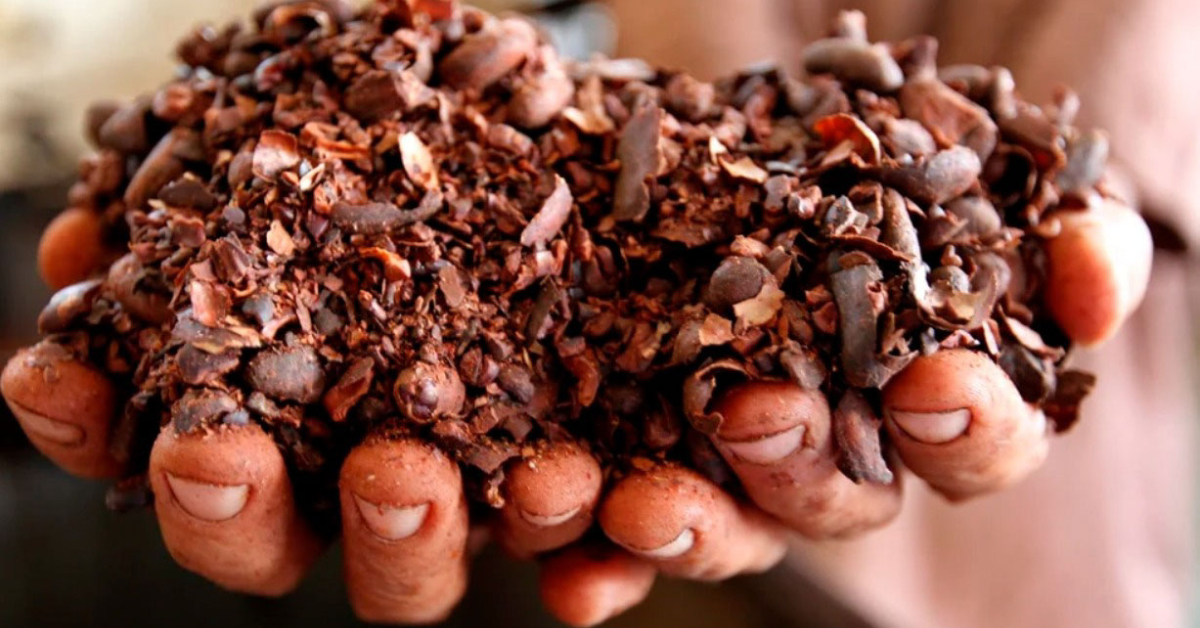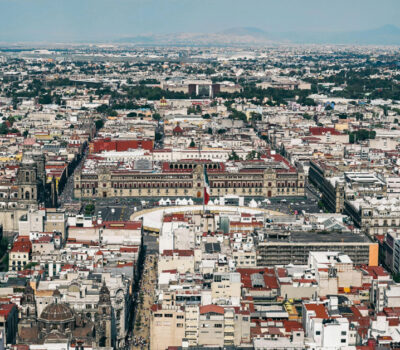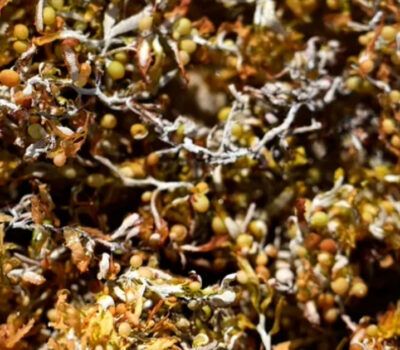One of the foods that people in Mexico, and in the world, like the most is chocolate, without a doubt. Chocolate comes from the cacao plant, which in pre-Hispanic times had great value and was used for different things, and today is National Cocoa and Chocolate Day in Mexico.
Cocoa is native to the Amazon and domesticated by the ancient Mayans. In pre-Hispanic times, the cultures of Mesoamerica fermented the grains, dried them, roasted them, and ground them on a metate that had a heat source underneath, and in this way, they obtained a paste from which tablets came out, and with them, they prepared a sparkling drink.
According to an article on the official website of the National Autonomous University of Mexico (UNAM), cocoa is a plant that grows in the jungle, where it has enough moisture. To cultivate it, the Mayans required a mother tree that would provide shade, from there, some pods grow attached to the trunk, covered with cotton and mucilage that provides them with moisture, and from these, the cocoa beans come out.
Although it was not easy to domesticate the plant, the Mayans managed to do it, as with other plants. They were botanists and connoisseurs of nature, which enabled them to domesticate a significant number of plants that are consumed in the world today.
They accompanied this drink with vanilla, an ingredient from the Mexican orchid. From this plant come some green beans that are fermented, dried, and then a wonderful perfume is obtained, which also gives a delicious flavor to cocoa.
Cocoa was very important to Mesoamerican cultures, as they believed it was a gift from the gods, and they said that its fruit represented the human heart and chocolate, the blood that circulates through the body.
It was also used in royal wedding ceremonies, it was also placed next to the deceased and prepared to celebrate military or commercial victories.
Legend has it that the god Quetzalcóatl gave the cacao tree to men, as a reward for the love and fidelity of his wife, who preferred to sacrifice her life before revealing the place where the treasure of the city was hidden.
When the princess died, her blood fertilized the earth to give life to the cacao tree.
At that time, the bitter taste of cocoa was related to the suffering of that princess.
It is believed that it was between 1500 and 400 BC that the taste of cocoa was discovered. The first to try it, it is believed, were the Olmecs, who mixed it with water and adorned it with spices, flowers, and herbs.
Later, between 600 BC and 1400 AD, it spread to the Mayan and Mexica civilizations. They used it in various ways, as it went from currency to unit of measure and even as food with medicinal properties.
An interesting fact about cocoa at that time is that not everyone could consume it since it was exclusive to the nobility. If someone who did not belong to this social stratum dared to consume it, he was severely punished.
Much research has been done on the benefits of cocoa, especially because of its popularity today and the profits it leaves behind. However, when consuming it in chocolate, it is necessary to check that they have a high percentage of cocoa since most of them barely have 25% and 35% cocoa paste.
It has been found that there are components in cocoa beans that regulate triglycerides and cholesterol. Also, some research has concluded that it helps to lower blood pressure, delays aging and improves processes such as memory.
One of the foods that people in Mexico, and in the world, like the most is chocolate, without a doubt. Chocolate comes from the . . .












